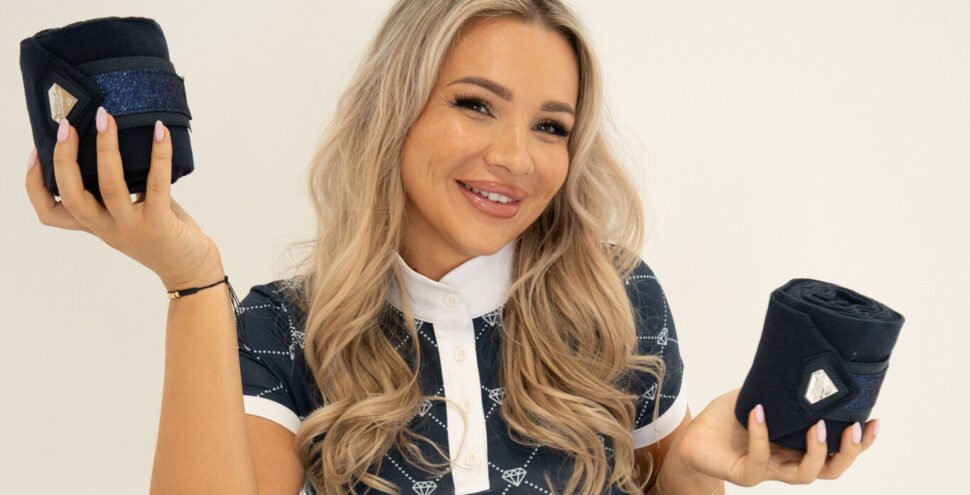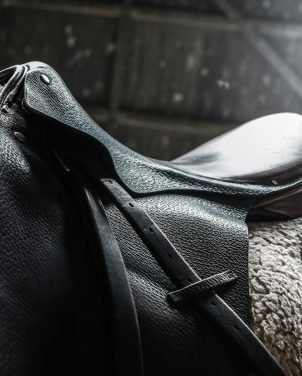Introduction:
When we talk about horse care, ensuring each area of maintenance follows best practices is crucial, including how we manage bandaging. Proper bandaging technique is not just about wrapping your horse’s legs; it’s about providing support, protection, and sometimes even healing power after injuries. Whether you’re preparing for a show, managing a wound, or providing support during transport, knowing how to apply and maintain bandages correctly is essential.
Bandages are more than just tools; they are a component of our daily equestrian activities that require thoughtful application and care. If done improperly, bandaging can lead to complications rather than providing the protection or support intended. That’s why it’s important for us, as horse owners and caretakers, to understand the varieties of bandages available, their specific purposes, and the best practices for their use. Our goal here is to equip you with the knowledge needed to utilize horse bandages effectively, ensuring your horse’s limbs are well-protected under various conditions.
Understanding the Different Types of Horse Bandages
When it comes to equipping our horses for optimal comfort and protection, we consider various types of bandages as essential tools. It’s important to understand that not all bandages serve the same purpose; each type is designed with specific uses in mind. Polo wraps, for instance, are ideal for providing support and protection during rigorous training sessions. They are soft, stretchy, and offer excellent cushioning. Conversely, standing wraps are typically used for recovery purposes. These are applied to stabilize the horse’s legs during transport or after hard work to prevent swelling. Then, adhesive bandages are specifically used for injuries. These provide a secure fit and help maintain the placement of a dressing on a wound. By knowing the differences and uses of each type of bandage, we can make better choices that align with our horses’ needs.
Step-by-Step Guide to Wrapping Horse Bandages
Wrapping bandages correctly is crucial for ensuring the safety and health of our horses. Here’s a simple step-by-step guide to get it right. First, ensure the horse’s legs are clean and dry. Start by placing the end of the bandage slightly above the knee or hock, and begin wrapping downwards in a spiral motion toward the fetlock. It’s critical to maintain consistent tension—not too tight, as this can restrict circulation, and not too loose, as it might unwind easily. When reaching the bottom, wrap back up to the point where you started, creating a double layer, which enhances both the support and protection. Finish off by securing the bandage with strong adhesive tape or a pin that shouldn’t poke or irritate the horse. This basic technique can be adjusted based on the type of bandage and the specific requirements of the activity or condition being managed.
Common Mistakes to Avoid When Using Bandages
When it comes to bandaging our horses, ensuring it’s done right is critical for their comfort and health. One common mistake is wrapping the bandages too tightly, which can hinder circulation and lead to swelling or even damage to the underlying tissue. On the other hand, wrapping too loosely can cause the bandage to slip, which offers no protection and could potentially trap debris against the skin, causing irritation or injury. Another frequent oversight is using dirty or damp bandages. We cannot stress enough how important it is always to use clean, dry bandages to prevent infections and skin irritation. Lastly, make sure not to wrap the bandages in uneven layers, as this can create pressure points that might lead to discomfort or sores.
Tips for Maintaining and Storing Your Horse Bandages
Proper care and storage of your horse bandages will extend their life and maintain their functionality. Always clean bandages after each use according to the manufacturer’s instructions—most will do well with a gentle wash cycle and a non-bio detergent. To dry them, avoid direct heat sources like radiators or direct sunlight; instead, let them air dry in a well-ventilated area. This prevents the material from becoming brittle and losing elasticity. Storing your bandages properly is just as crucial; roll them up neatly and store them in a dry, cool place away from direct sunlight. A dedicated storage box or a sealable bag can keep them free from dust and pests.
Conclusion
We understand that keeping your horse protected and comfortable is your top priority, which is echoed in our commitment to providing you with the best equestrian gear at Diamont Equestrian. We offer a wide range of products that cater to your needs, ensuring that your riding experience is safe, enjoyable, and stylish. Explore our collection of horse bandages, leggings, and other riding essentials designed to meet the high standards of both casual and professional equestrians. Visit our website today and equip yourself with the finest quality equestrian apparel and accessories that suit every horse and rider.





